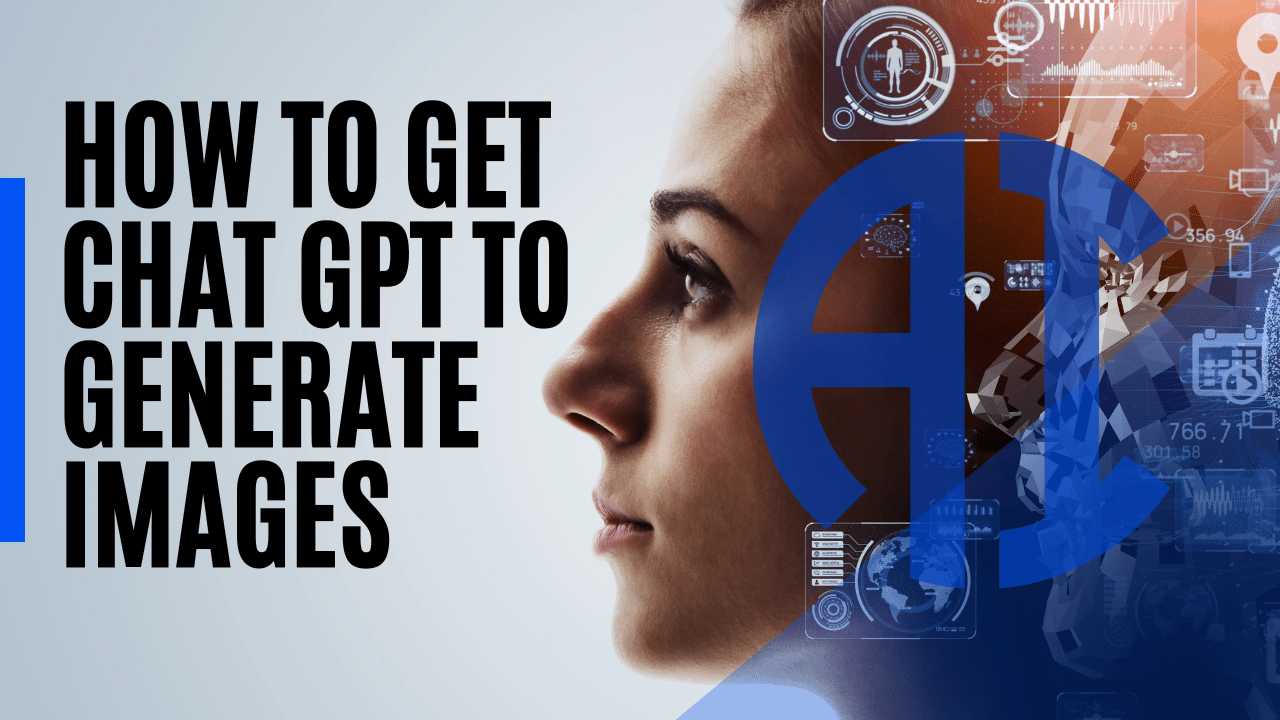Artificial Intelligence (AI) has undergone remarkable advancements, especially in the realm of natural language processing. Chatbots and virtual assistants have become integral parts of our digital lives, with models like GPT-3 and GPT-4 leading the conversation. In this article, we’ll delve into the intriguing comparison between ChatGPT-3 vs ChatGPT-4, shedding light on their capabilities, enhancements, and the evolution of AI-driven conversations.
Recap of ChatGPT Generations
The ChatGPT models build upon previous groundbreaking research:
- GPT-3 (2020): Massive general language model from OpenAI
- ChatGPT (2022): Conversational AI application leveraging GPT-3 foundations
- ChatGPT 4 (2023): Upgrade focused on speed, accuracy and harmless intent
Each version represents a substantial leap in natural language processing power.
Language Model Architecture
Both ChatGPT 3 and 4 utilize a transformer-based neural network architecture. However, the upgraded ChatGPT 4 employs newer architectural optimizations enabling faster training and inference.
Knowledge Base Size and Training Data
ChatGPT 4 was trained on significantly more data than version 3 – over 400 billion tokens compared to 175 billion. This expanded training corpus powers ChatGPT 4’s increased conversational range and accuracy.
Capabilities and Output Quality
While both models exhibit remarkably human-like language skills, ChatGPT 4 demonstrates:
- Greater precision and factual grounding in responses
- Reduced errors, biases, and potential harms in generated text
- Improved ability to admit knowledge gaps gracefully
- Enhanced skills in key domains like math, coding, and scientific topics
Speed and Latency
ChatGPT 4 leverages optimizations like sparse attention and pruning to increase response speed up to 100x compared to version 3. This delivers much snappier conversations.
Safety and Ethics
Anthropic prioritized harmless, honest output in training ChatGPT 4. While not perfect, its responses avoid overt harm and misinformation substantially better than version 3 through techniques like reinforcement learning from human feedback.
Use Cases and Specializations
ChatGPT 3 serves broad conversational purposes. ChatGPT 4 expands capabilities for complex domains like computer programming, math, science, and medicine while maintaining general conversational aptitude.
Availability and Access
Initially, ChatGPT 4 access requires approval while version 3 remains freely available to all. However, public ChatGPT 4 access is expected over time.
Integrations and Customization
ChatGPT 4 currently lacks custom model training capabilities available for version 3 via the API. But API access to 4 is roadmapped.
Development Status
As an initial production release, ChatGPT 4 remains a work in progress with active development ongoing. Meanwhile, version 3 maturation has stabilized.
The Future Roadmap
Anthropic plans rapid iteration cycles to build on 4’s strengths while minimizing risks. Ongoing training and architecture tuning will enhance capabilities over the next few months.
Key Advantages of ChatGPT 4
The main improvements with version 4 include:
- Faster response times enabling snappier conversations
- More accurate factual grounding and willingness to correct untruths
- Significantly expanded knowledge base across more specialized domains
- More harmless intent and avoidance of unethical directives
Reasons to Still Use ChatGPT 3
However, ChatGPT 3 retains some benefits over its successor:
- Free public availability without waitlists or restrictions
- Customization via fine-tuning through the API and third-party platforms
- Stable capabilities unlikely to drastically change in short-term
So version 3 remains preferable for those seeking customizability or unhindered access, albeit with more imperfections.
Recommendations on Model Selection
For most general users, ChatGPT 3 satisfies conversational needs sufficiently despite some flaws. But domain specialists will benefit from 4’s expanded knowledge. Seek access to 4 for precision use cases if its current limitations are not blockers. Meanwhile, continue providing feedback to enhance both models constructively over time.
Exciting Future Possibilities
With Anthropic committed to responsible modeling practices, rapid innovations to ChatGPT 4 promise:
- More specialized conversational capabilities
- Tighter integration with external data sources to enable real-time awareness
- Networked, multi-agent ChatGPT models accessible across devices
- Democratized access to foundational technologies through open standards
Read More Articles:
Conclusion
While pioneering, ChatGPT 3 represents only the starting point on the path toward increasingly beneficial, safe and trustworthy conversational AI systems. ChatGPT 4 makes significant strides, demonstrating Anthropic’s commitment to thoughtful innovation aimed at avoiding harm. As researchers continue addressing current limitations, integrations with external knowledge graphs offer an exciting path to ground conversational models in factual reality. By maintaining high standards and prudent skepticism, we can realize AI’s full potential to augment human understanding through open collaboration.
FAQs
Q: What are the main architectural differences between ChatGPT 3 and 4?
A: ChatGPT 4 employs newer transformer architecture optimizations enabling much faster training and response times. But both utilize transformer-based foundations.
Q: How does the knowledge base differ between the two models?
A: ChatGPT 4 was trained on over 2x more data than version 3 – over 400 billion tokens compared to 175 billion. This powers its wider conversational range.
Q: What are some of the key improvements in ChatGPT 4’s capabilities?
A: Greater precision and accuracy, reduced biases and errors, expanded knowledge in complex topics like math and science, faster response times, and more harmless intent.
Q: What are some reasons users may still want to utilize ChatGPT 3 over 4 for now?
A: ChatGPT 3 provides free public access without restrictions, customization through API fine-tuning, and stable capabilities unlikely to drastically change short-term.
Q: What exciting future capabilities could ChatGPT models gain with ongoing innovation?
A: More specialized knowledge, integration with real-time data, networked multi-agent models, democratized access through open standards, and responsiveness across devices.



